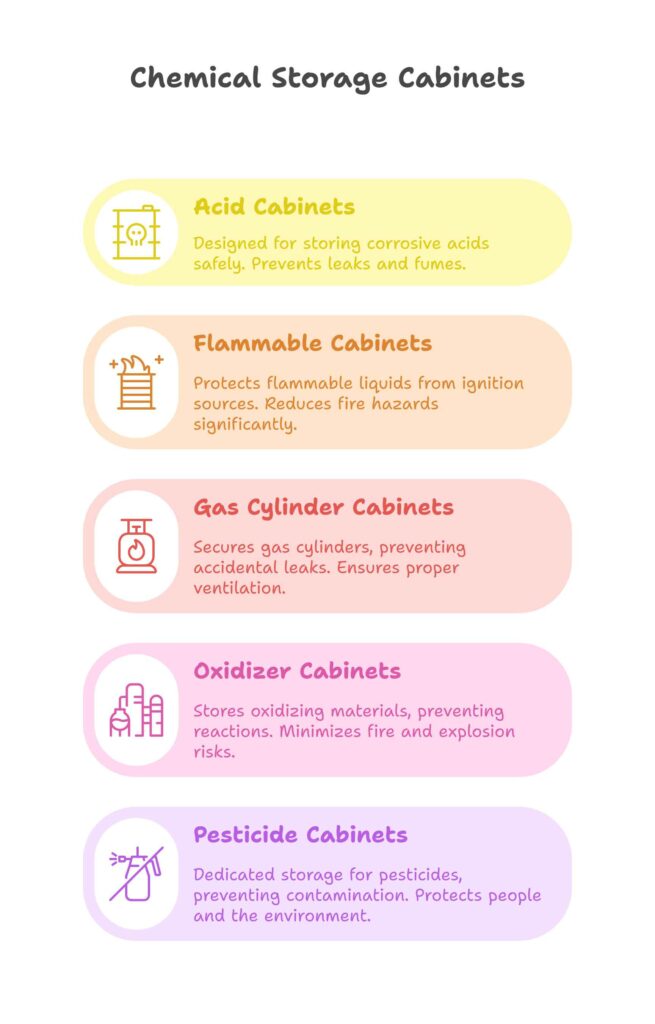
Table of Contents
- Follow Chemical Storage Protocols
- 5 Key Chemical Storage Cabinets
- How to Use Chemical Safety Cabinets?
- How Can Chemical Storage Cabinets Help You?
Chemicals on their own can be hazardous. However, when incompatible chemicals interact, the danger increases significantly. Hence, proper storage is essential to reduce risk. This where chemical storage cabinets come into play.
Flammable liquids, corrosives, and toxic gases must be stored according to established safety standards.
Follow Chemical Storage Protocols
US Standards
European Standard
These standards ensure cabinets can protect their contents in case of a fire for 30 or 90 minutes depending on the model. Fire resistant cabinets also close up and protect the lab surroundings from any internal fires.
5 Key Chemical Storage Cabinets
Chemical Storage Cabinets come in various types, each built for specific hazards:
1. Acid Cabinets

- Lined with acid-resistant polyvinylidene fluoride (PVDF) or polyethylene
- Removable back panel for venting
- Must be installed under fume hoods to dissipate vapours
- Removable containment sump
- PVC venting kits available
2. Flammable Cabinets

- Double-walled, welded 18-gauge steel
- 1.5-inch insulating air space
- Self-closing, latching doors
- Flame arrestors in vents
- 2-inch leak-proof sump
- Design Options: Stackable, wall-mount, under-counter, benchtop, or portable units
3. Gas Cylinder Cabinets

- Cylinders secured by restraints
- Independent venting system
- Prevents toppling and gas leaks
- All features of standard chemical storage cabinets
4. Oxidizer Cabinets
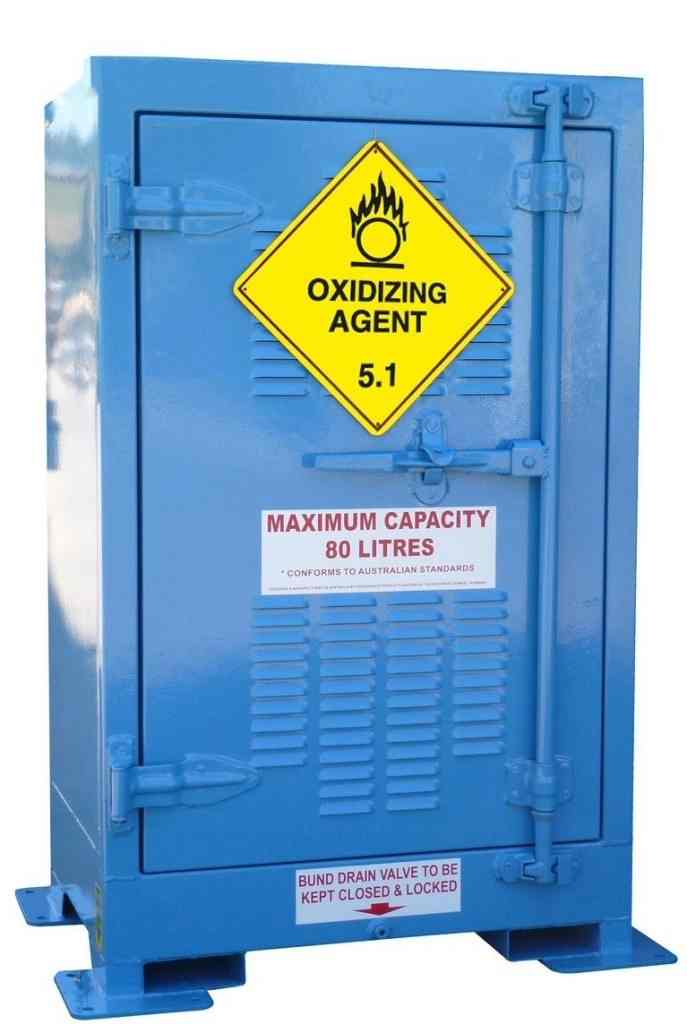
- Built from powder-coated steel with a corrosion-resistant inner lining
- Designed to store oxidizers like nitric acid and hydrogen peroxide
- Includes ventilation ports and spill-containment shelving
- Meets NFPA and OSHA chemical storage standards
5. Pesticide Cabinets
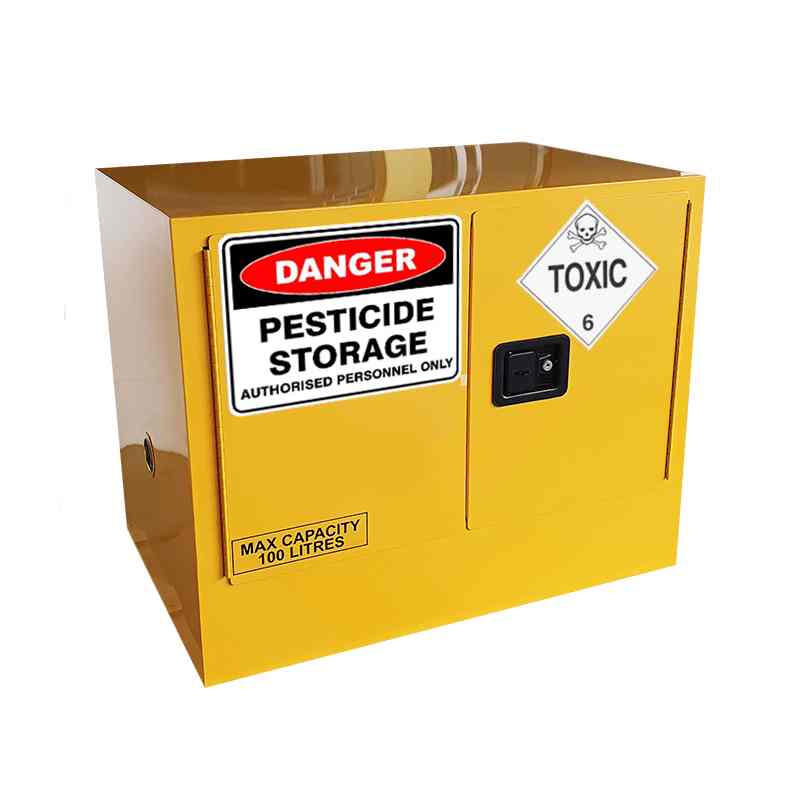
- One-piece molded polyethylene interior
- Spill trays for easy cleaning
How to Use Chemical Safety Cabinets?
Proper storage separates chemicals into compatible groups. Never store incompatible chemicals together. Always refer to the MSDS (Material Safety Data Sheet) for each chemical, and check GHS pictograms to understand hazards.
Key physical properties like boiling point and flash point must be noted to determine safe storage.
How to Disassemble Chemical Storage Cabinets?
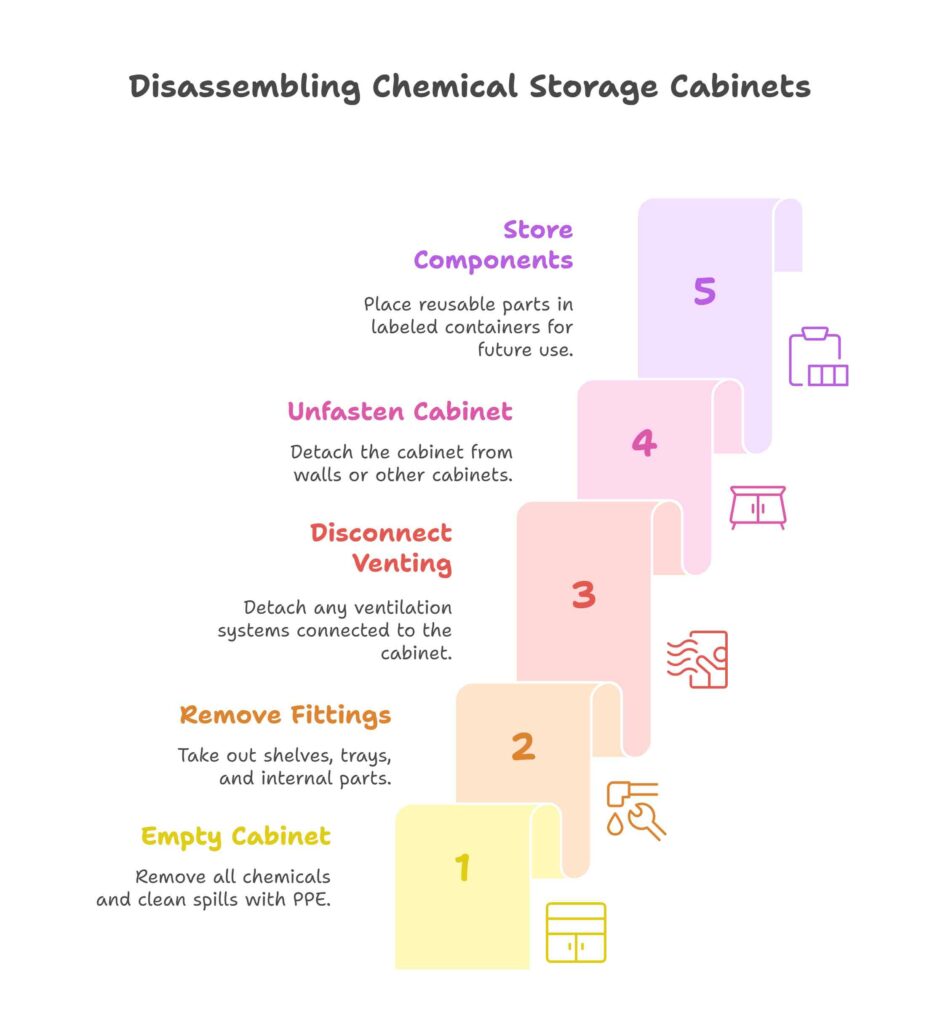
To safely disassemble a chemical cabinet:
- Empty the cabinet and dispose of any spills using appropriate PPE.
- Remove shelves, trays, and internal fittings.
- Disconnect any venting systems.
- If mounted or stacked, unfasten from walls or cabinets.
- Store all reusable components in labeled containers.
How Can Chemical Storage Cabinets Help You?
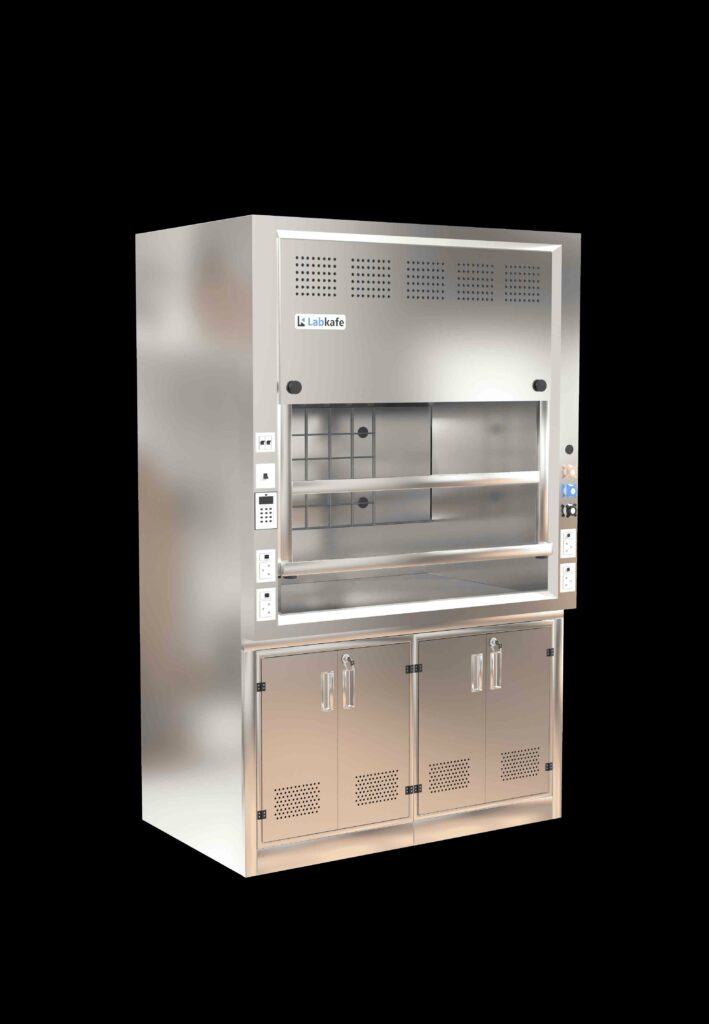
In a research lab storing flammable solvents and acids, the team installed dedicated flammable and acid cabinets under separate fume hoods. The acid cabinet included a venting system, while the flammable cabinet had a self-closing mechanism with a fusible link. Each chemical container was labeled with GHS pictograms, and MSDS sheets were placed nearby for quick reference. This setup ensured fire and fume safety during a small spill incident.
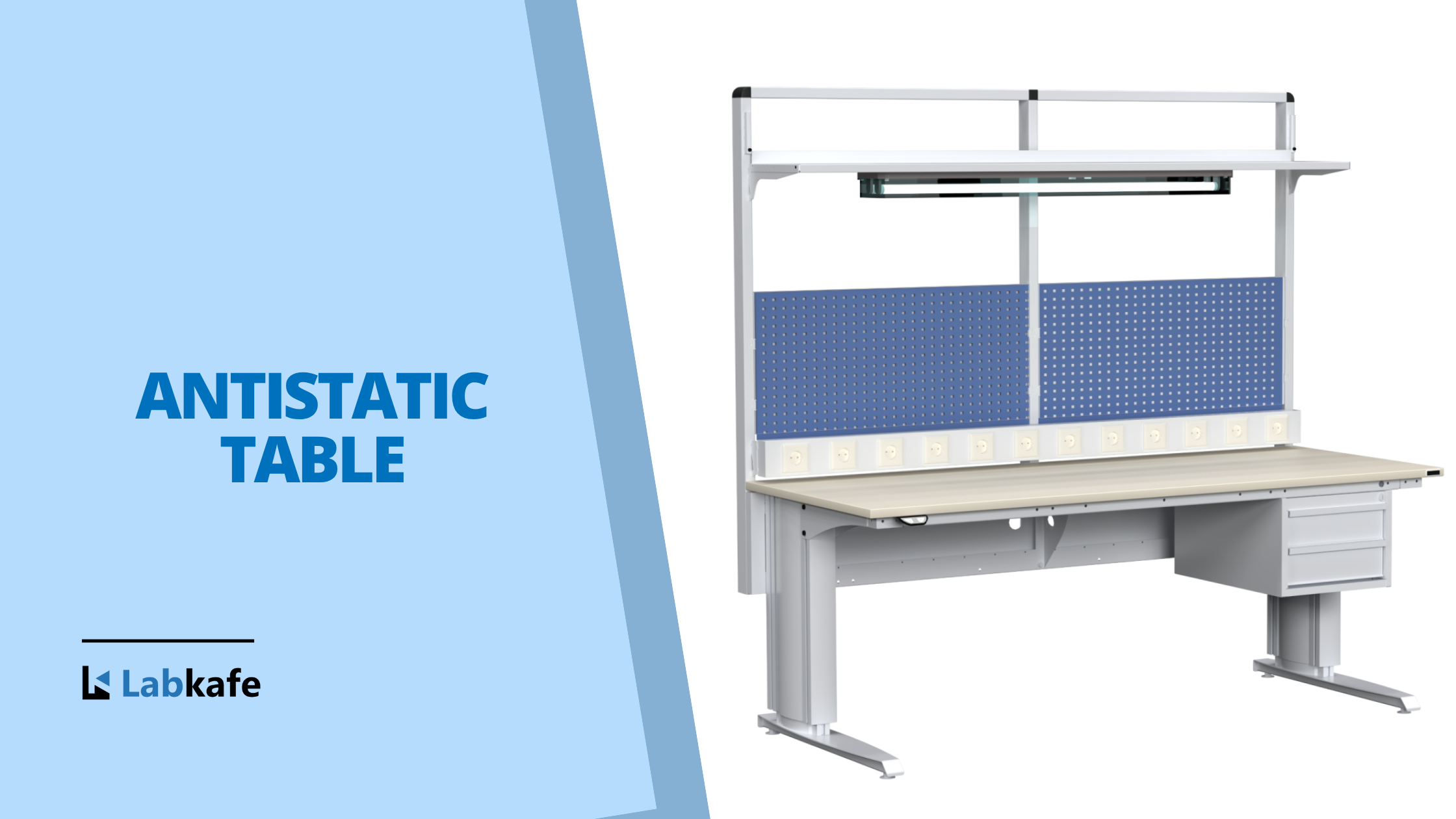
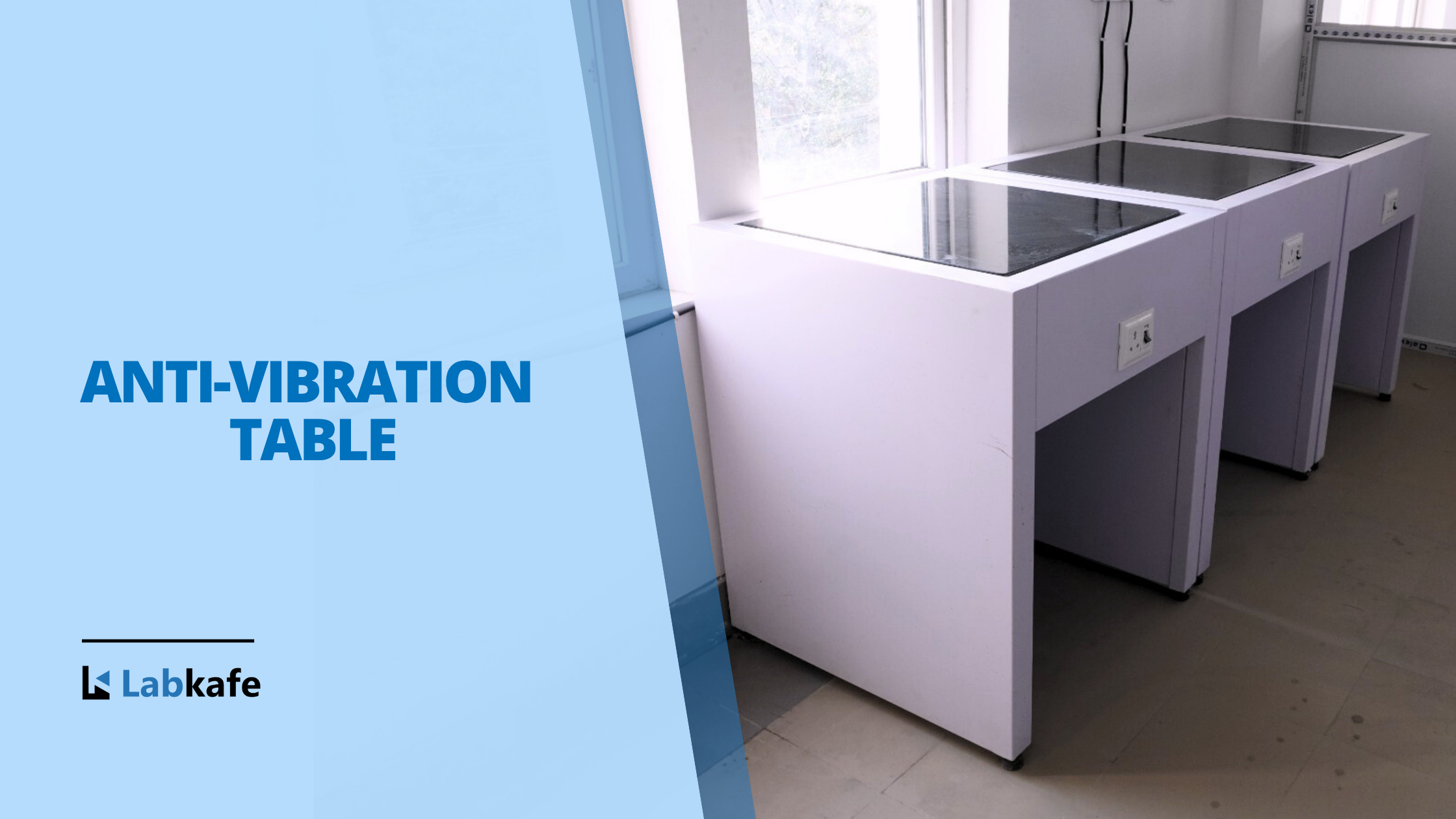


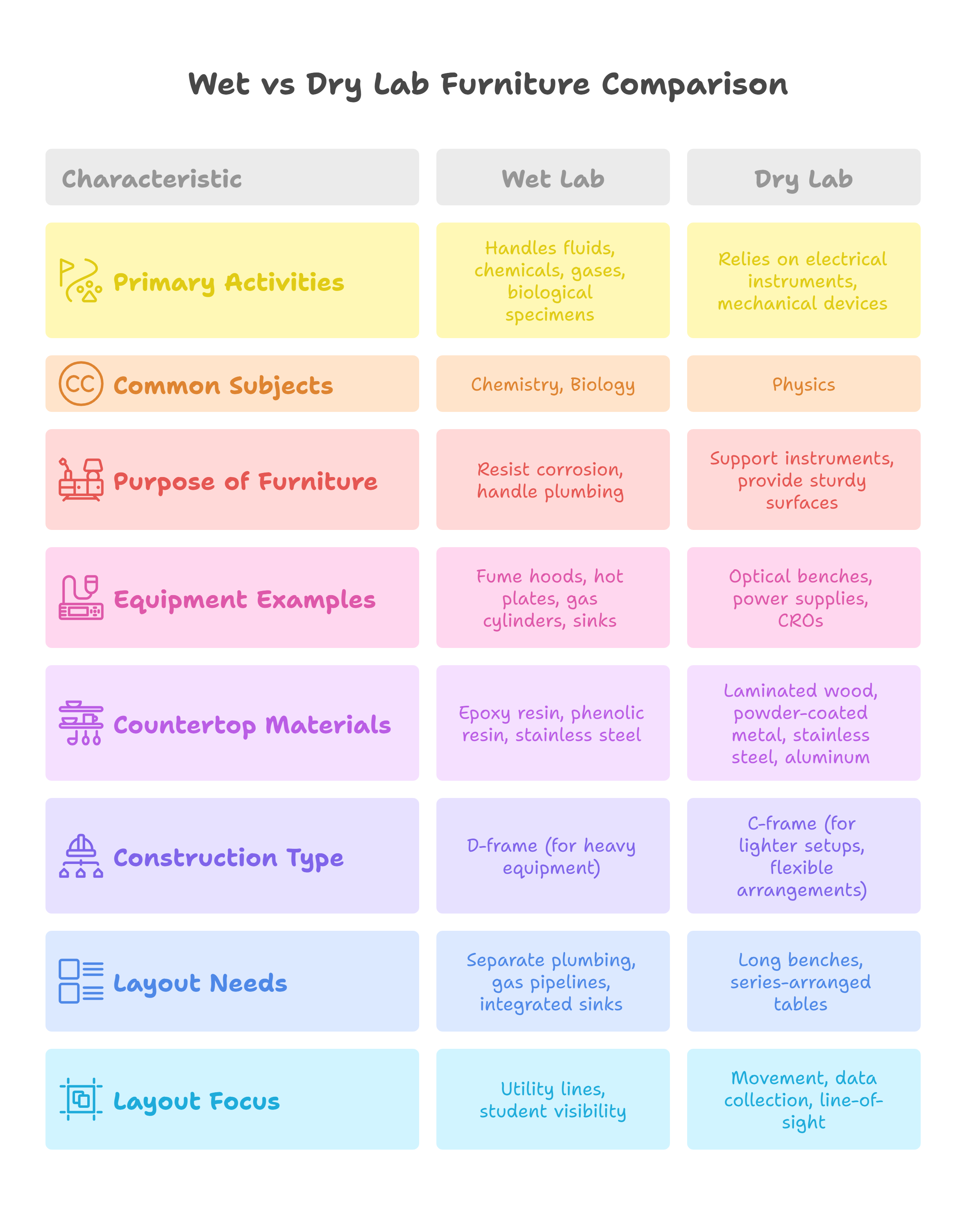
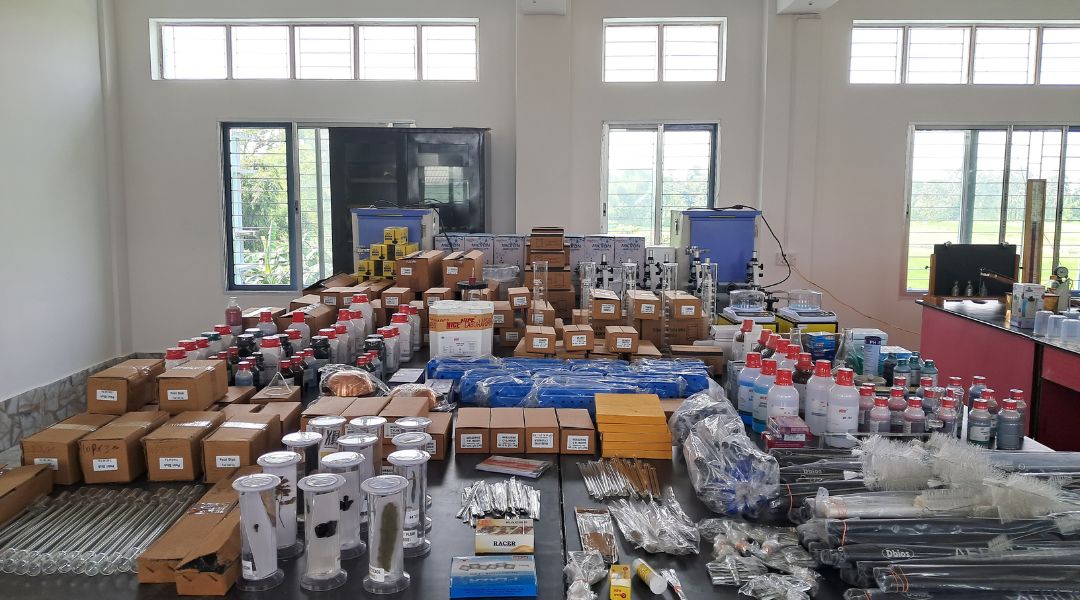
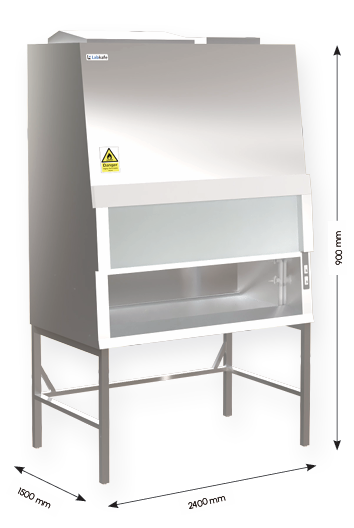
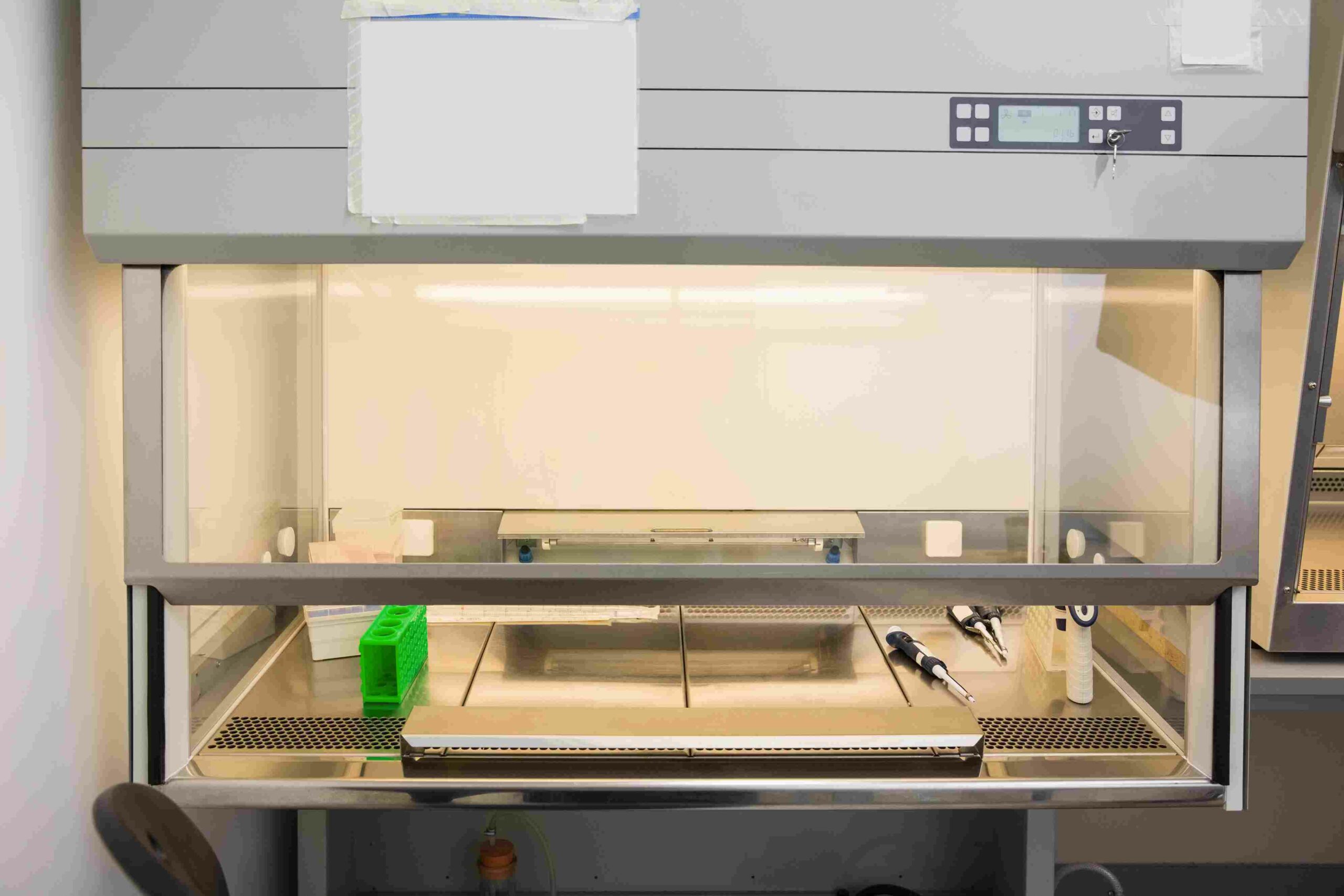
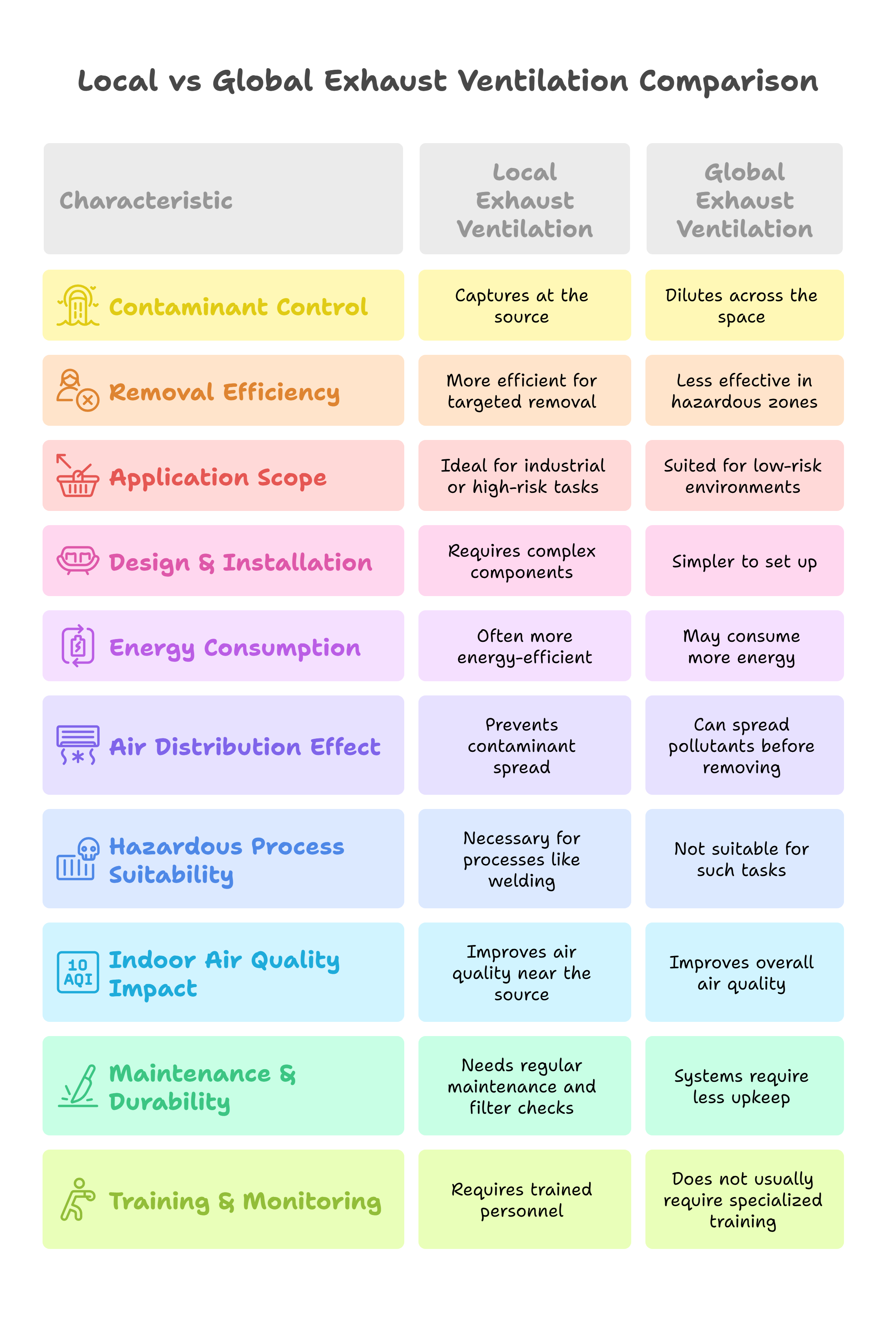
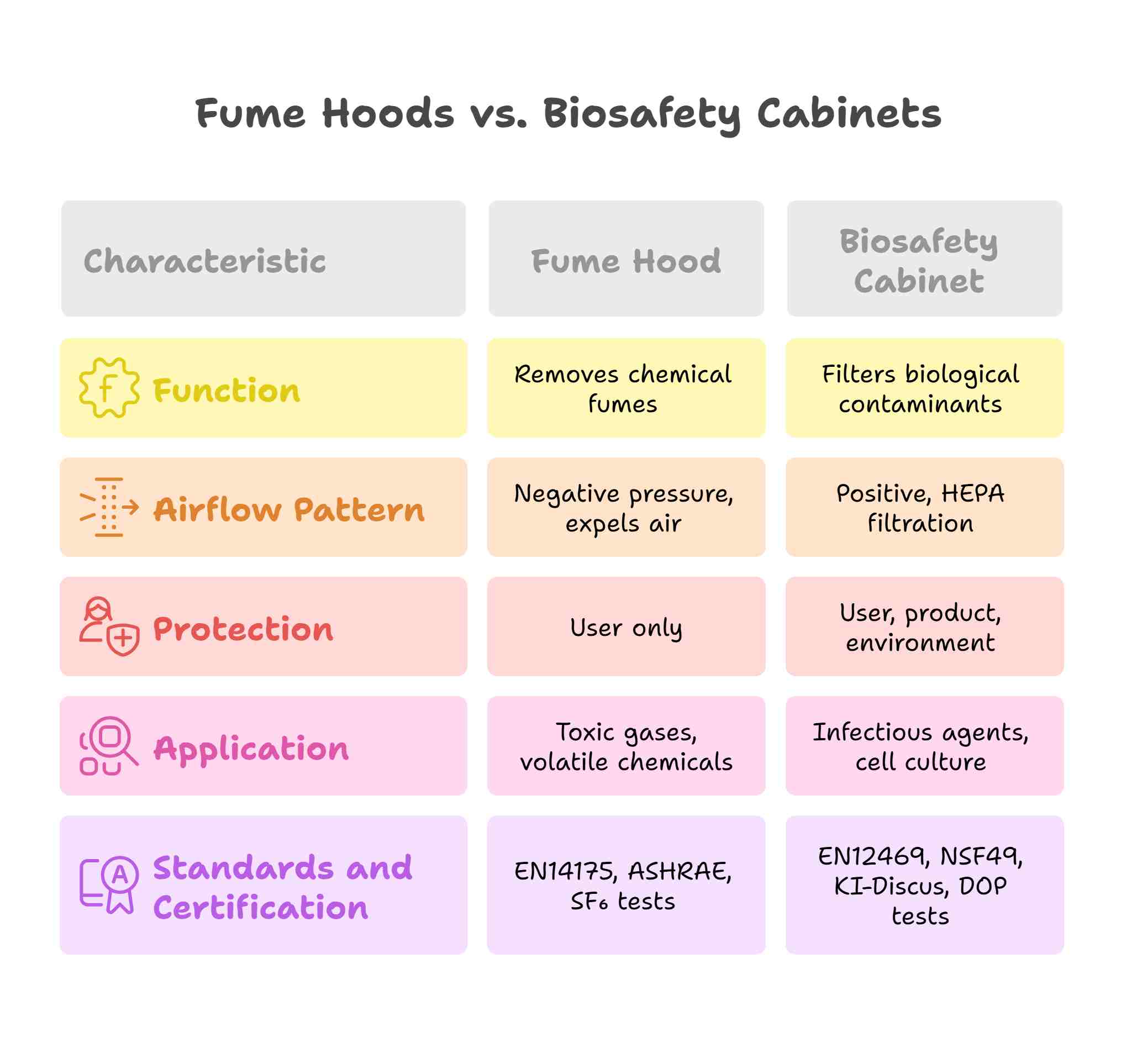

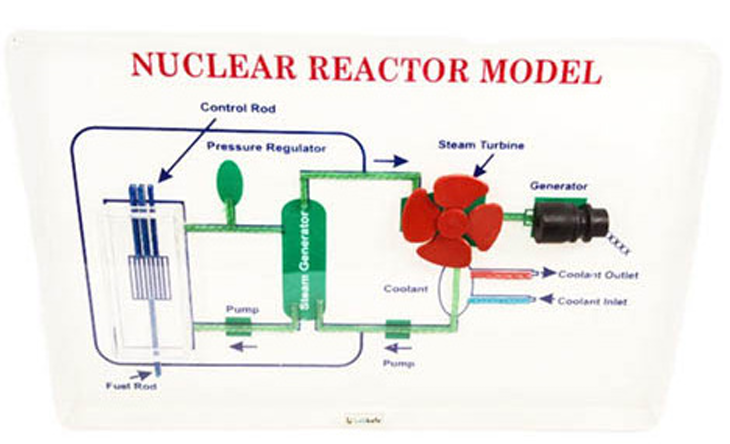
Leave a Reply